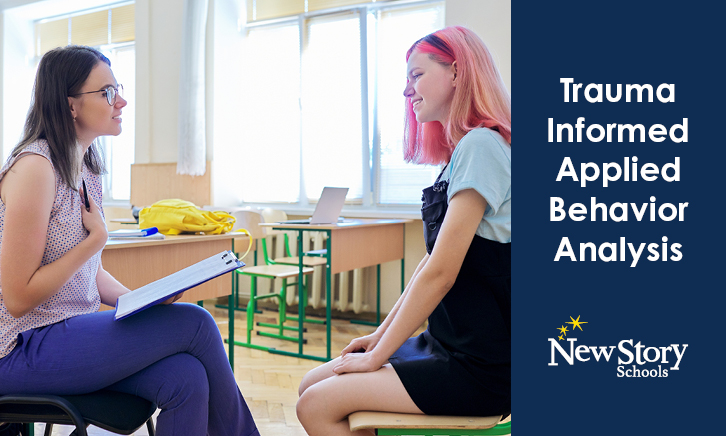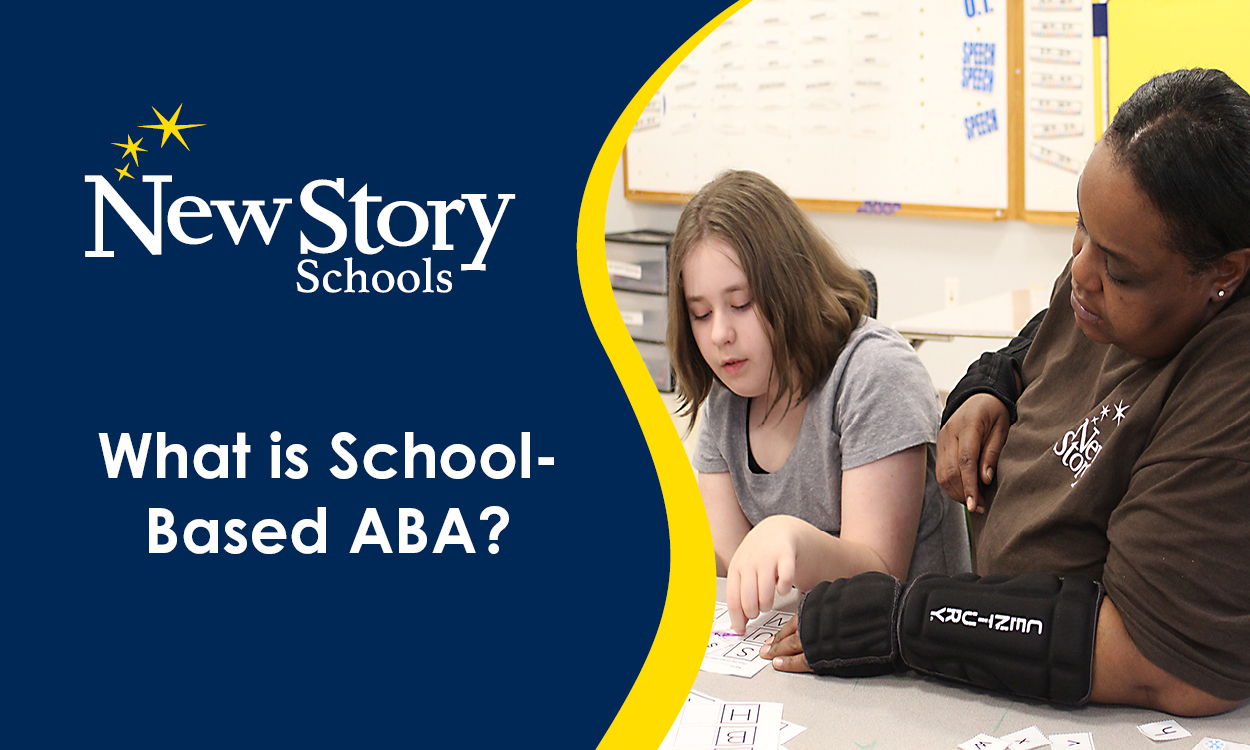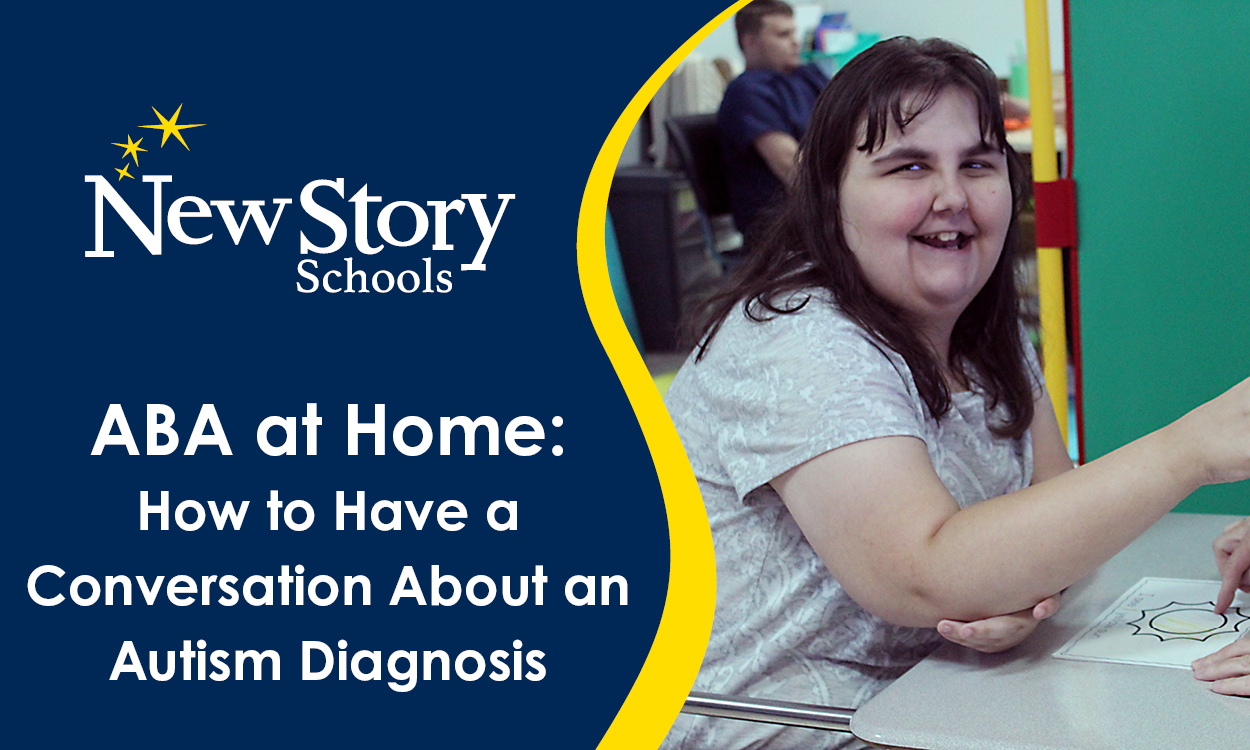Trauma-Informed ABA
Posted: September 27, 2021 | Written By: New Story Schools | Category: Support for Educators

Matt Blank, Counselor
Jennie Rivera, Behavioral Consultant
New Story Schools
What is trauma? Trauma occurs when a person perceives an event or set of events as extremely frightening, harmful, or threatening either physically, emotionally, or both.
In a trauma-informed approach, staff understand that various experiences influence a student's emotional and behavioral responses. When considering the A-B-Cs of behavior, the following information is important:
- Setting Events: Past traumatic experiences fall in this category.
- Antecedent: A stimuli experienced in the present such as sights, sounds, smells, touches, and tastes can trigger a thought or emotion connected to the past trauma.
- Behavior: A response that occurs because of the trigger. This can evoke the "fight, flight or freeze" response. It could include physical reactions such as panic attacks, sweating, racing heart, chest pains, or trouble breathing, as well as violent behaviors to escape the trauma.
- Consequence: In some cases, the consequences experienced by the individual could lead to re-traumatizing them.
Example:
- Setting Event: A student suffered physical abuse at his previous school. He was engaging in aggression and the staff member slapped him on his back, resulting in a welt mark.
- Antecedent: The student is sitting in class. Staff walks up behind him and looks over his shoulder and pats him on the back while saying, "Good job on your worksheet."
- Behavior: The student begins to yell and swing his fists at staff.
- Consequence: The staff member removes him from the classroom away from other students and staff. This consequence becomes another trigger for the past trauma.
When implementing a trauma-informed perspective, staff focus on making the environment comfortable for the students' needs. Staff identify the behavior chain leading up to the crisis event and intervene early in the chain. When doing so, staff will prompt the student to ask to use an acceptable replacement behavior, reinforce the student for asking, and implement the request.
Being aware of the student's history of trauma is crucial when dealing with behaviors of concern. Some factors to consider are gender of staff when implementing a physical hold, the number of staff in a behavior episode, using de-escalation areas that seem seclusive, and switching out staff to manage the behavior episode. In a situation, any of these could become a trigger and evoke a trauma reenactment.
Want to be notified of new articles and resources from New Story Schools? Submit your email and opt into our newsletter!









